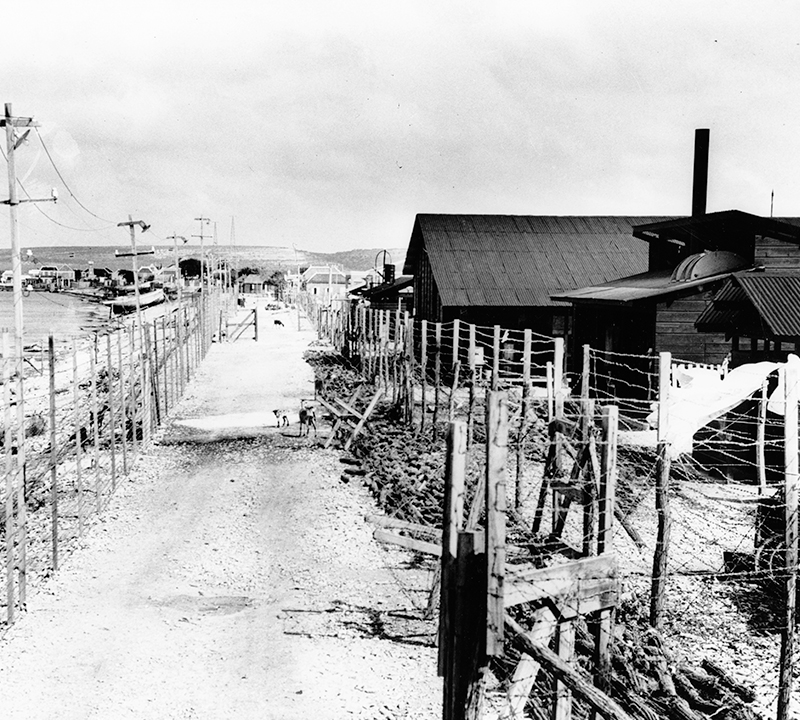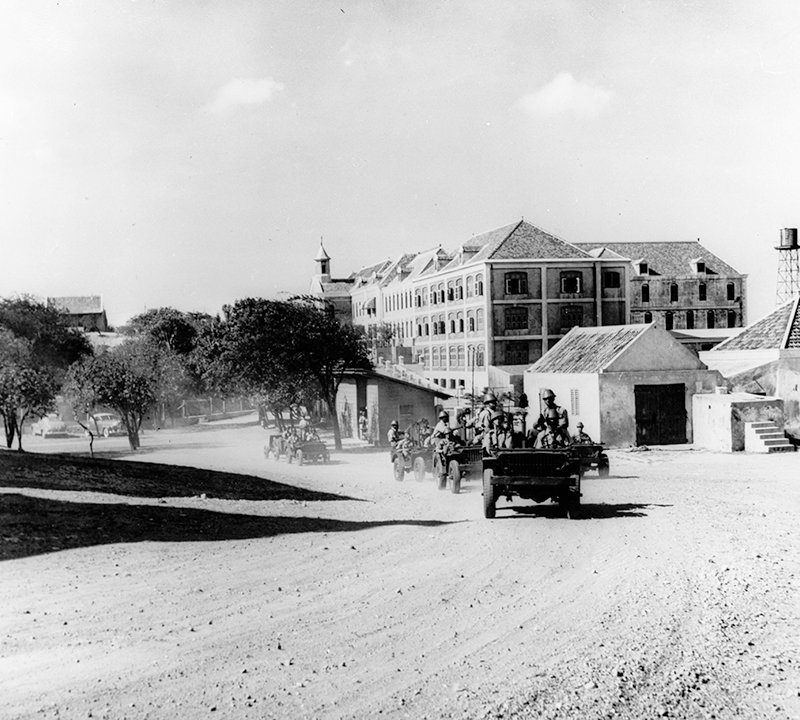Nationaal Archief Curacao
S.A.L. (Mongui) Maduro Foundation
Nationaal Archeologisch en Antropologisch Museum
From May 1940 to February 1947 several groups from Curacao and Aruba have been interned.
Persons who were considered a “threat to peace and security" were detained during the war period. These detainments were based on the PB 1940 no. 38 law (Official Gazette) and were carried out on the orders of the Attorney General, without the intervention of a judge. From the outbreak of war in 1939, preparations were made for this singular purpose in the event that the Netherlands were to be occupied. Bonaire was chosen for the site of the internment camp. The list of people posing a threat had also been prepared well in advance.
The most important and largest camp, "Playa Pariba," just north of the capital Kralendijk on the island of Bonaire, was completed in October 1940.



